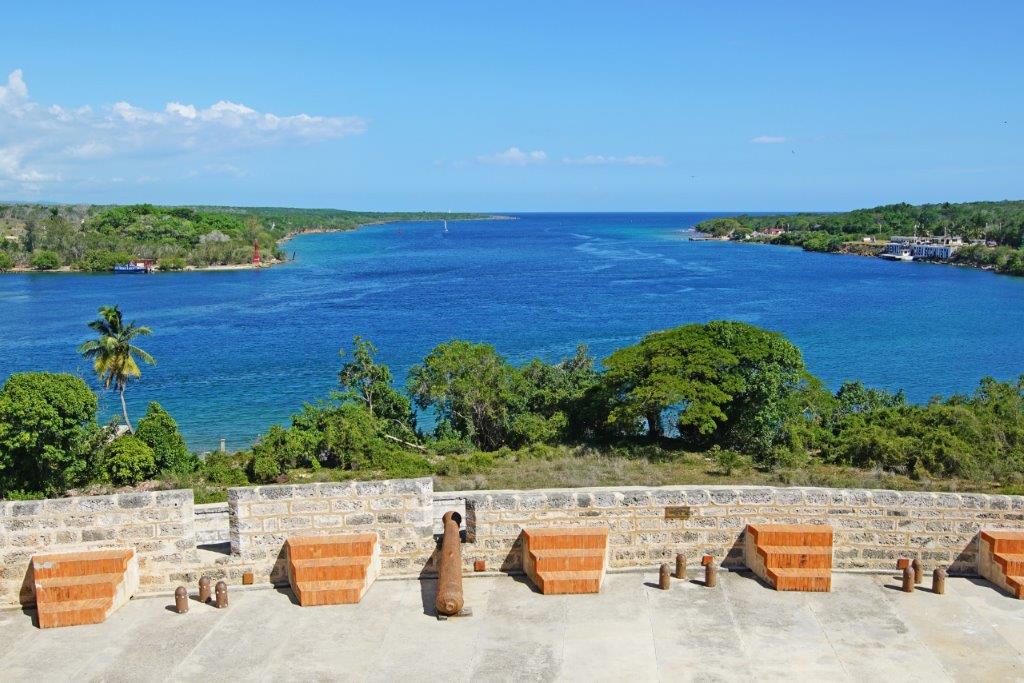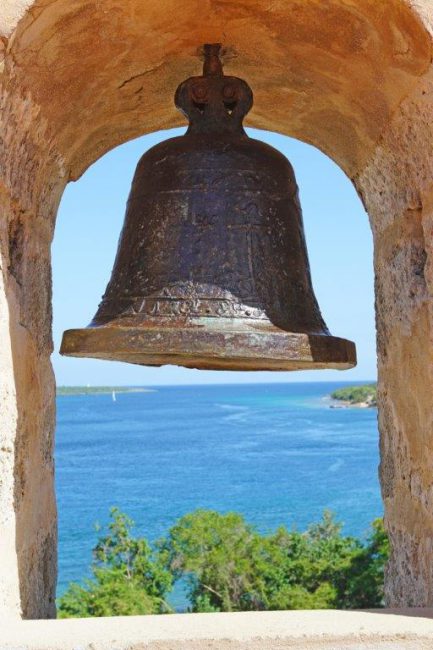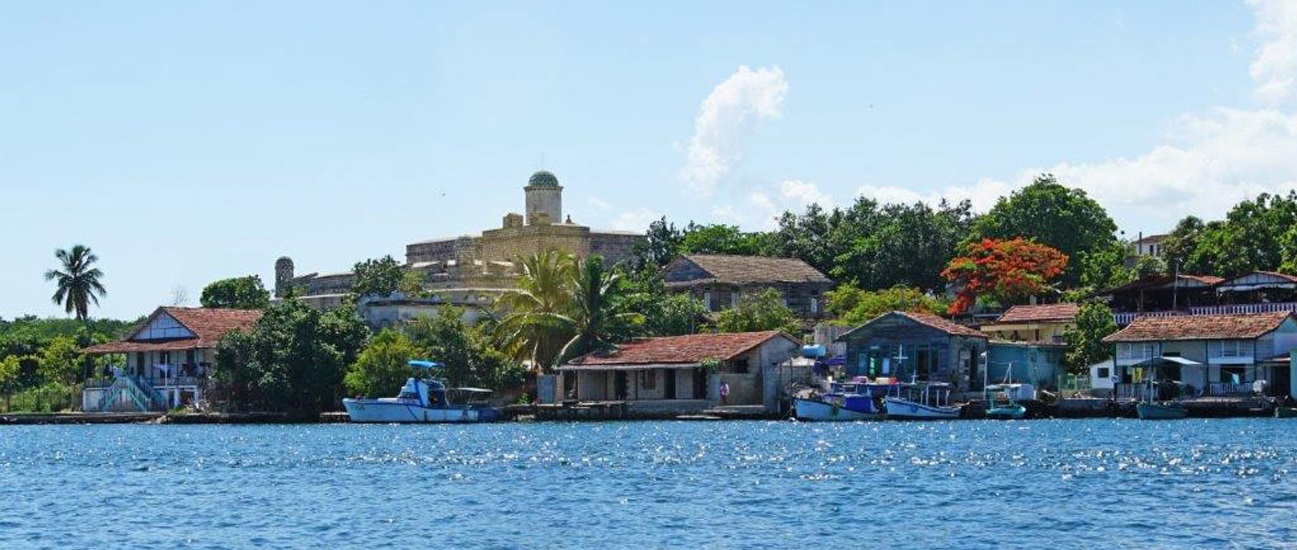The greatest of cities is their authenticity, no matter how alike two towns may be, there’ll always be distinct features to make every urban area in the world unique. That differentiation is a magnet for tourists who pursue exclusivity all over the planet. To those, we recommend Cienfuegos, a French-styled town with a bunch of stories to tell, such as the one of Jagua, its cherished fortress and symbol of a Bay that captivates whether new or repeating visitors.
The castle existed before the city was even founded. Funny fact is that it was not a small fort but the third in importance of the island after “El Morro” in Havana and “San Pedro de la Roca” in Santiago de Cuba.
By the end of the 16th century, cattle raising and tobacco harvesting had consolidated as major economy drivers and with the passing of time also wax, wood and sugar. Products locally manufactured weren’t destined to legal commerce but to serve smuggling purposes. Back then pirates and buccaneers found in the bay an advantageous and ill-guarded stocking port.

In order to control the black market, the Spanish government attempted to fortify the place three times, all of them unsuccessfully. Finally, in 1742 works of the fortress “Our Lady of the Angels of Jagua” was started directed by the French military engineer Joseph Tantete. Its construction ended in 1745. The engineer Tantete remained in Cuba and carried out various works, including the commemorative column erected in Havana to replace the foundational ceiba in 1754, and still preserved in the Templete.
Located in a small hill on its western side, to the middle of the narrow canyon of the entrance, Jagua is a solid construction in stone, of cubic structure, with two levels, a perimeter pit with a drawbridge and a tower finishing in a semi-spherical dome that resembles an alert eye watching the calm waters. The fortress is protected by a high wall that hides the lower level, which contains a central courtyard and two watch posts at the angles of the shooting platform that look out to sea. All this matching the style of the prestigious French engineer Sebastian Le Pestre Vauban, who implemented his own system of fortifications known as Vauban, which establishes the harmonious relationship between landscape, topography and geometric shapes.
The castle was endowed with ten cannons of different caliber, meant to scare away the pirate ships.
However, despite the castle and its canyons, the daring pirates continued visiting the bay, without too much trouble or risk.

The first Commander of the fortress was Don Juan Castilla Cabeza de Vaca, who, in addition to being a military man, was an entrepreneur who promoted the first sugar mill in Jagua, which was established on land belonging to the hacienda “Caunao” under the name of “Nuestra Señora de la Candelaria”. From the first moment of its construction, many legends revolved around the castle, the most famous of them was the of the ghost called the Blue Lady.
Nowadays the Jagua fortress is a must attraction for tourists in the city. With a magnificent view it is one of the most photographed spots in town.

